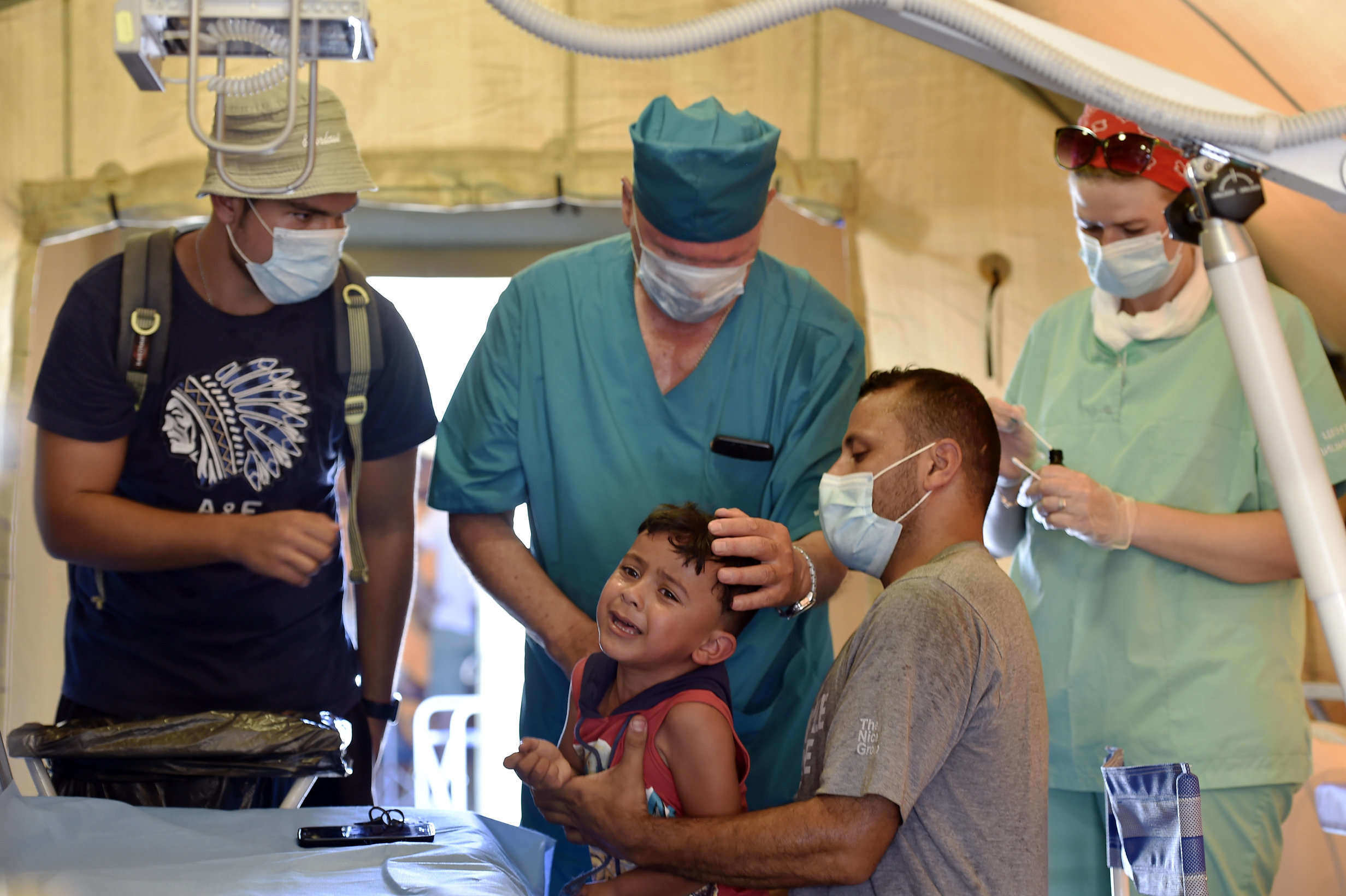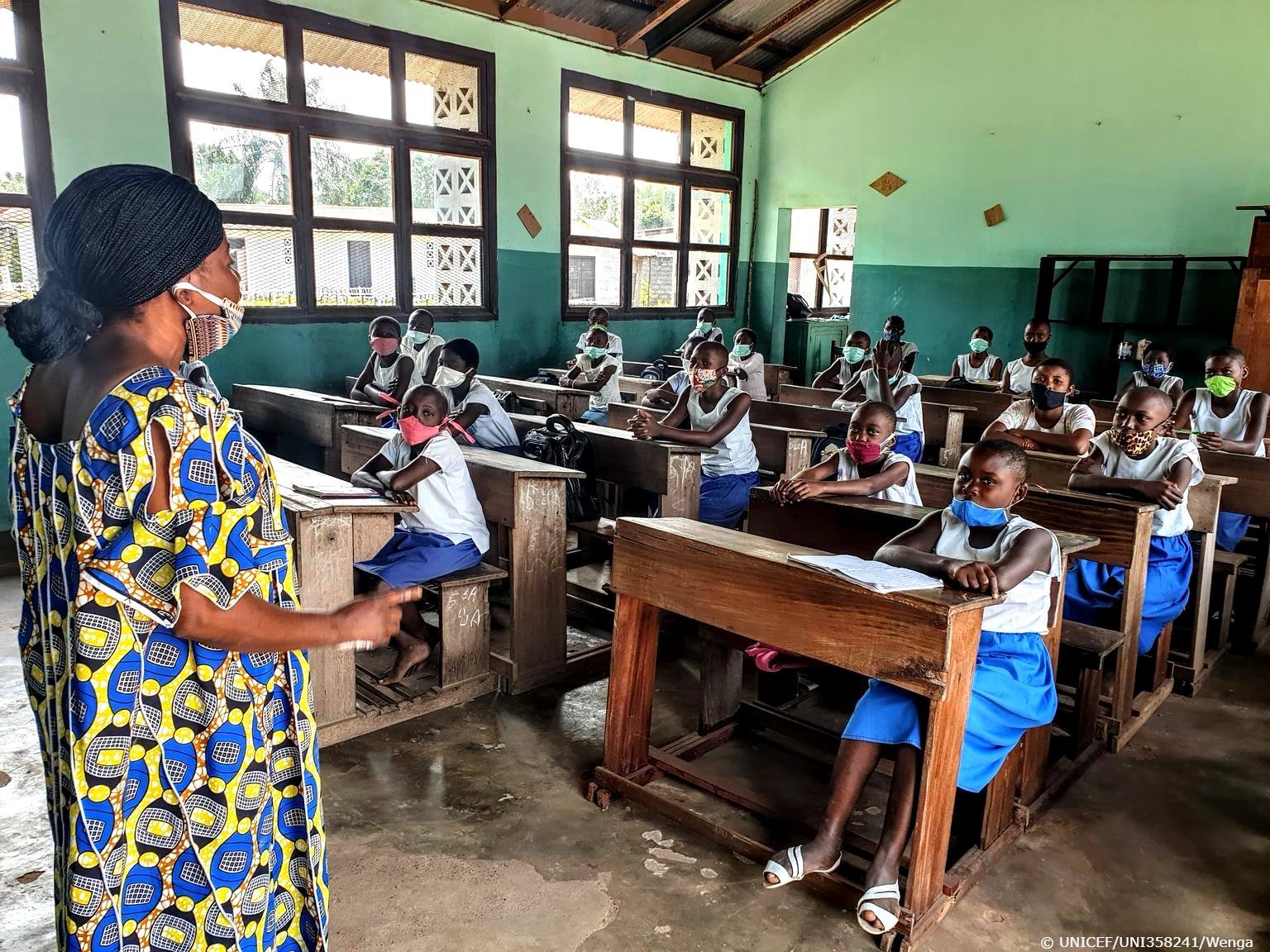UNICEF: No remote learning for at least 463 million children
Almost one-third of the world’s 1.5 billion schoolchildren affected by the COVID-19 shutdown of their schools were unable to use remote learning, a UN Children’s Fund (UNICEF) report said on Thursday.
“For at least 463 million children whose schools closed due to COVID-19, there was no such a thing as remote learning,” said Henrietta Fore, UNICEF executive director. “The sheer number of children whose education was completely disrupted for months on end is a global education emergency.”
“The repercussions could be felt in economies and societies for decades to come,” she said in a release accompanying the report.
It used a globally representative analysis of the availability of home-based technology and tools needed for remote learning among pre-primary, primary, lower-secondary and upper-secondary schoolchildren.
The report considered access to television, radio and the internet. Then it took into account the availability of curriculum delivered across those platforms during school closures.
Even when children have the technology and tools at home, they may not be able to learn remotely through those platforms due to competing factors in the home, including pressure to do chores, being forced to work, a poor environment for learning and lack of support in using the online or broadcast curriculum, the report said.
Children from the poorest households and those living in rural areas are by far the most likely to miss out during closures, the report said. Globally, 72 percent of schoolchildren unable to access remote learning live in their countries’ poorest households.
In upper-middle-income countries, schoolchildren from the poorest households account for up to 86 percent of students unable to access remote learning, UNICEF said.
Globally, three-quarters of schoolchildren without access live in rural areas.
The report highlighted significant inequality across regions, with schoolchildren in sub-Saharan Africa the most affected, where at least half of all students cannot be reached with remote learning.
It also noted varying rates of access across age groups, with the youngest students most likely to miss out on remote learning during their most critical years of learning and development.

Read alsoSome 80,000 children displaced due to Beirut explosions: UNICEF
Source: Xinhua
please make a donation here
Hot news
What happened today in Hungary – 26 July, 2024
Drama: number of births in a 20-year low in Hungary
Yay or nay? – 6 odd Hungarian delicacies that make our skin crawl
Budapest tourism “exploded” this past weekend
Container transport in Budapest may stop: How will this affect Hungarian economy?
Minister: Hungary will protect its territory by every means possible




